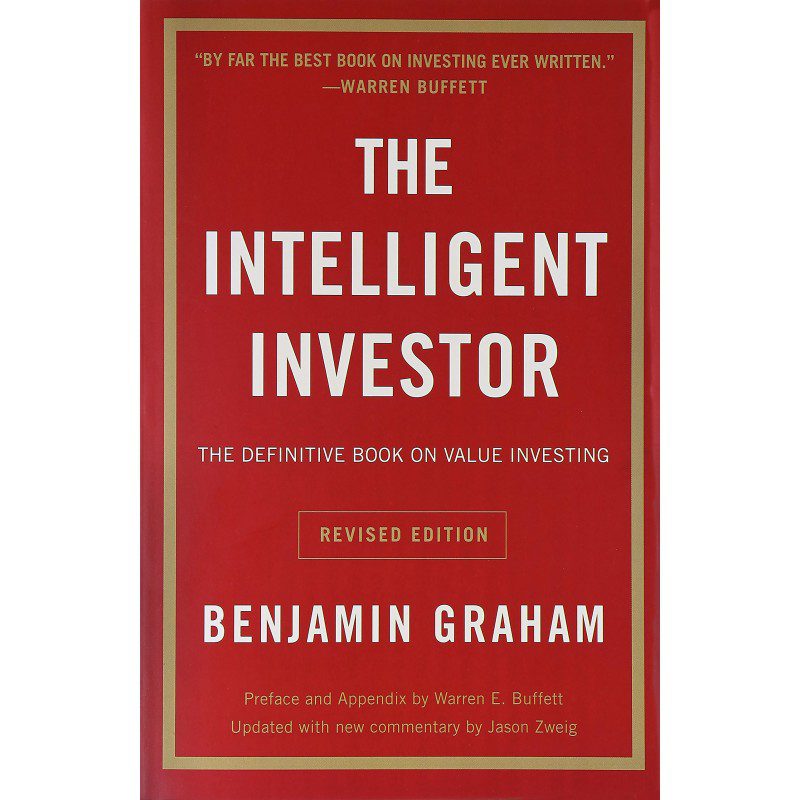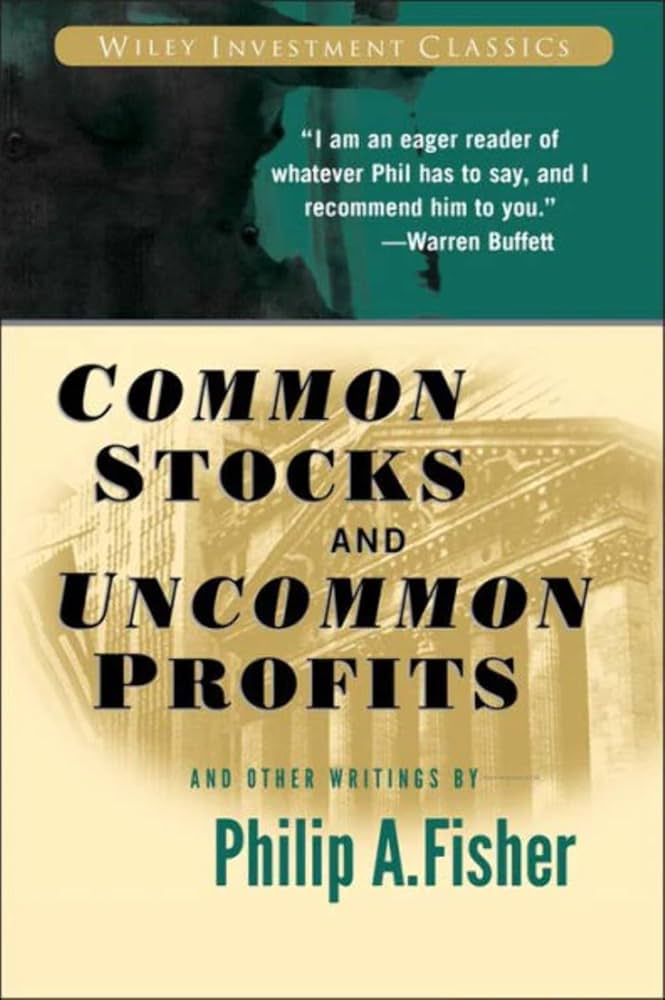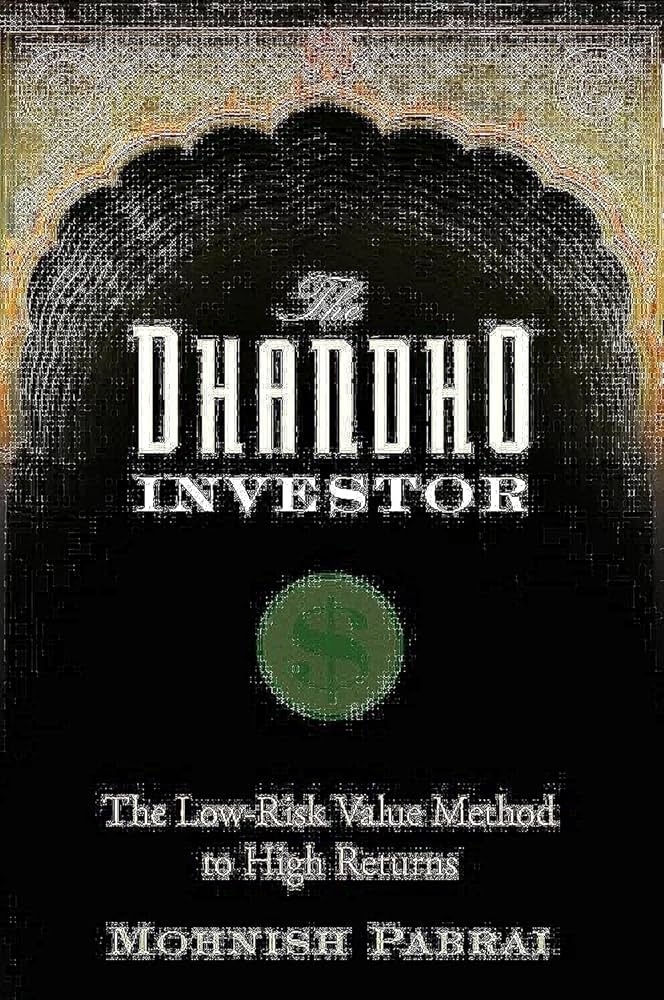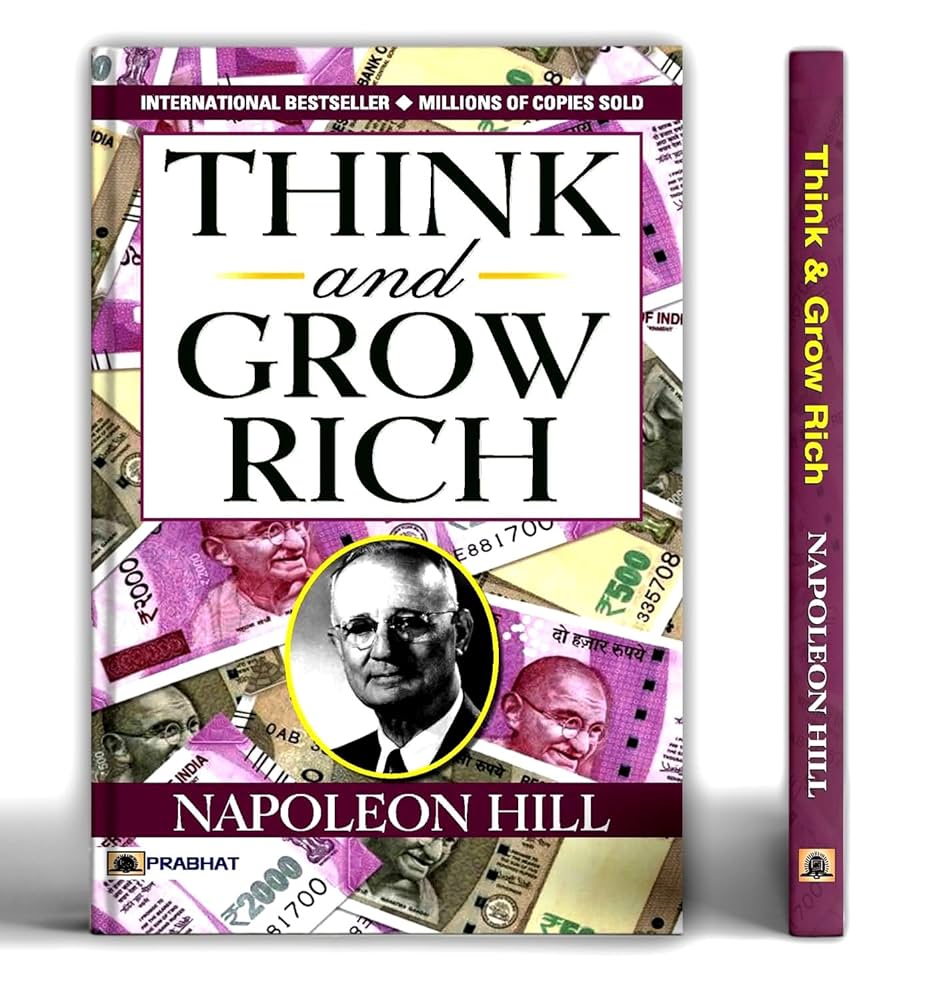Earlier, whenever you went out for shopping or dinner, you probably carried physical cash to make payments. However, with the launch of UPI or Unified Payment System by NPCI (National Payments Corporation of India) in 2016, things have changed drastically. Now, you can make all kinds of payments through your UPI mobile application. But sometimes the payment gets stuck. In that case, the user must know how to file a UPI complaint.
In this blog, we will explain to you how to register a UPI complaint and what details are required to raise a complaint.
What is UPI Payment?
UPI or Unified Payment Interface allows a user to make payments on a real-time basis. This system was developed by the National Payments Corporation of India (NPCI) in 2016. NPCI is regulated by the Reserve Bank of India. This system has changed the landscape of the Indian payment system. One can easily transfer the funds using their mobile 24*7, UPI even works on holidays.
Features of UPI Payment
The key features of UPI are as follows:
- Immediate Transfer: One can easily transfer money in real time, which makes UPI a preferred way of making payments today.
- Convenient: An individual doesn’t need to worry about carrying physical cash or going through the hassle of finding change, as UPI allows you to transfer the exact amount easily.
- Link Multiple Bank Accounts: One can easily link their multiple bank accounts to a single UPI ID.
- QR Code: Using UPI allows one to easily transfer money without sharing any bank details. Scanning a QR code, one can instantly transfer the money.
- Cost-efficient: UPI transactions are free for most users, especially those involving direct bank-to-bank transfers. However, a 1.1% interchange fee may apply to transactions over ₹2,000 made using Prepaid Payment Instruments (PPIs) such as digital wallets. This fee is paid by the merchant, not the customer.
- Secure: The use of two-factor authentication allows you to securely transfer money to other users.
Read Also: Paytm Case Study
Issues with UPI Payment
The common issues with the UPI payments are as follows:
- Failed Transaction: In a failed transaction, the amount is deducted from the bank of the payer, but it does not get credited to the bank of the receiver. It generally happens because of network errors or server issues.
- Payment Decline by Bank: Your payment can be declined by the bank because of several reasons, such as invalid UPI PIN, insufficient balance, etc.
- Failed UPI Registration: There are some cases when the user is not able to register themselves on the UPI application, due to inactive SIM, etc.
- Daily Limit: UPI generally has a daily transaction limit. If the limit has been exceeded by the user, then further payments cannot be made.
- Bank Server: Sometimes the bank server does not respond or faces some issue; during such times, the payments cannot be made.
How to Register a UPI Complaint?
One can easily raise a UPI complaint following the mentioned steps:
- UPI Application: The UPI application, which you were using, allows you to file a complaint and report fraud through the in-app complaint or help section.
- NPCI Website: Alternatively, you can visit the website of NPCI, and go to the “Dispute Redressal Mechanism” section and file your complaint.
- Customer Care: One can reach out to the customer support department of the company offering UPI services via the helpline provided on their website or application.
- Bank: The user can also contact their banks regarding the rejection of UPI payment and can file a complaint for the same.
Read Also: Fake Payment Screenshot Scam: How to Identify and Avoid It
Details Required to File a UPI Complaint
There are a few details that one should keep handy while registering a UPI complaint.
- Registered Mobile Number.
- Transaction ID or UTR (Unique Transaction Number).
- Date and Time of Transaction.
- Amount of Transaction.
- Details of the beneficiary account to which you were making the payment.
- Error message or screenshot.
Having these details handy can make filing a UPI complaint much easier.
Checking Status of UPI Complaint
One can easily track the status of their UPI complaint online by following the steps mentioned below:
- NPCI Website: To check the status of a complaint made on the NPCI website, one can click on the tab “Click here to check the complaint status” and choose their product type, bank and enter CRN number.
- UPI Application: If the complaint has been made through the UPI application, then one can track the status of their complaint on the help and support section of the UPI application.
- Bank: If you have filed a complaint through the bank, then you can visit the branch or call their customer support number and ask them about the status of your complaint.
Read Also: What exactly happened to Paytm Payments Bank & why has the RBI banned it?
Conclusion
On a concluding note, UPI, or Unified Payment Interface, has transformed the way people make payments and shop in India. Now you do not need to carry physical cash while travelling; you can just pay or transfer an amount using the UPI application installed on your mobile phone. However, sometimes the users also face minor difficulties, such as payment being deducted but not credited to the receiver’s account, etc. In this case, you do not need to worry and can easily file a complaint through various modes and get a resolution. However, it is advisable to carefully select a reliable UPI application to avoid any fraud.
Frequently Asked Questions (FAQs)
What is the full form of UPI?
UPI refers to Unified Payment Interface, which NPCI launched to digitise the payment ecosystem.
What type of UPI complaint can I raise?
One can raise complaints about money debited from one’s bank account but not credited to the receiver’s account, a failed transaction, a payment made to the wrong person, or an unauthorized transaction.
Where can I file a complaint about UPI payments?
One can file a complaint on the official website of NPCI, the UPI application, and with your bank.
Where can you check the status of a UPI complaint?
The status of the UPI complaint can be checked on the official website of NPCI or the UPI application
Where to escalate the UPI complaint?
The UPI complaint can be escalated to your bank grievance portal, NPCI portal, or the banking ombudsman.




















